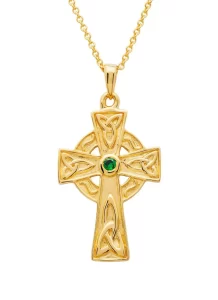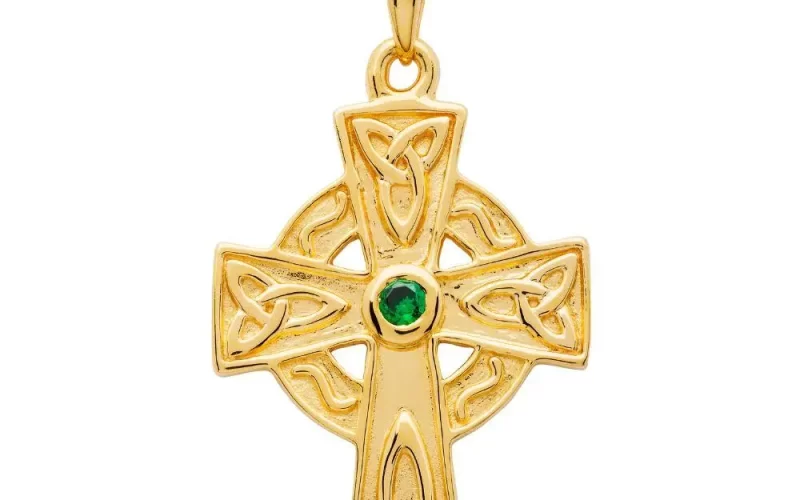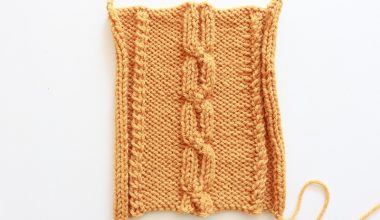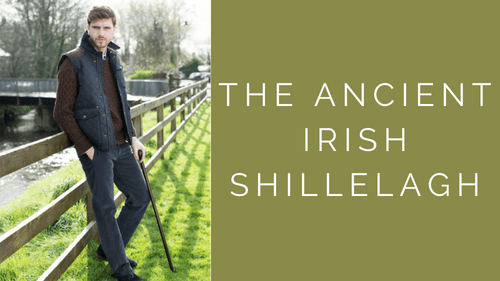The Celtic Cross: Unravelling Its Meaning and Symbolism

Historical Origins of the Cross:
This symbol originated in the early medieval period and spread through Celtic regions of northern Europe. The cross combines a traditional Christian cross with a distinctive circle intersecting its arms. Its design merges Celtic pagan symbols with Christian symbolism, blending Celtic reverence for nature with Christian teachings.
Christian Symbolism in the Celtic Cross:
Pagan Influences:
Celtic cross also carries remnants of pre-Christian pagan symbols. Interestingly, the circle in the Celtic cross can be associated with the sun, a vital and revered force in Celtic mythology. It represents the cycle of seasons, the passage of time, and the eternal nature of the cosmos. Thus, the incorporation of pagan symbols demonstrates the seamless integration of the old and new beliefs,.
Cultural Heritage and Identity:
This symbol is an iconic emblem of Celtic heritage and identity. Moreover, it serves as a testament to the enduring legacy of Celtic culture and its rich artistic traditions. The intricate interweaving patterns, known as Celtic knotwork, symbolize the eternal journey of the soul. Additionally, they represent the interconnectedness of all living beings.
Modern Interpretations:
In contemporary times, the Celtic cross has become a popular symbol beyond its Christian and cultural contexts. Many people are drawn to its intricate design, spiritual depth, and connection to nature. Therefore, it is often worn as jewelry or displayed as an ornamental piece. This serves as a personal talisman or a reminder of one’s faith, heritage, or spirituality.
Moreover, the Celtic cross is a profound symbol that embodies a convergence of traditions. It encapsulates the fusion of Christianity and Celtic pagan beliefs, reflecting spiritual and earthly interconnectedness. Whether as a powerful Christian symbol or a representation of cultural heritage, it captivates and inspires globally. Its enduring meaning and symbolism continue to resonate with people around the world.









